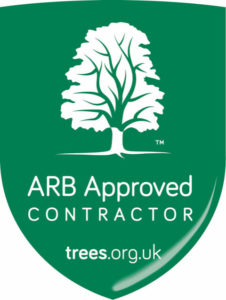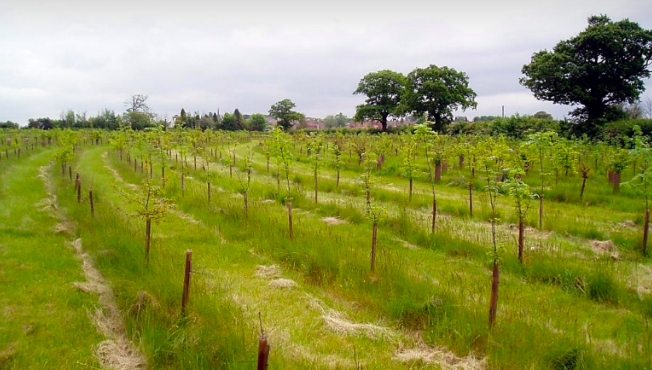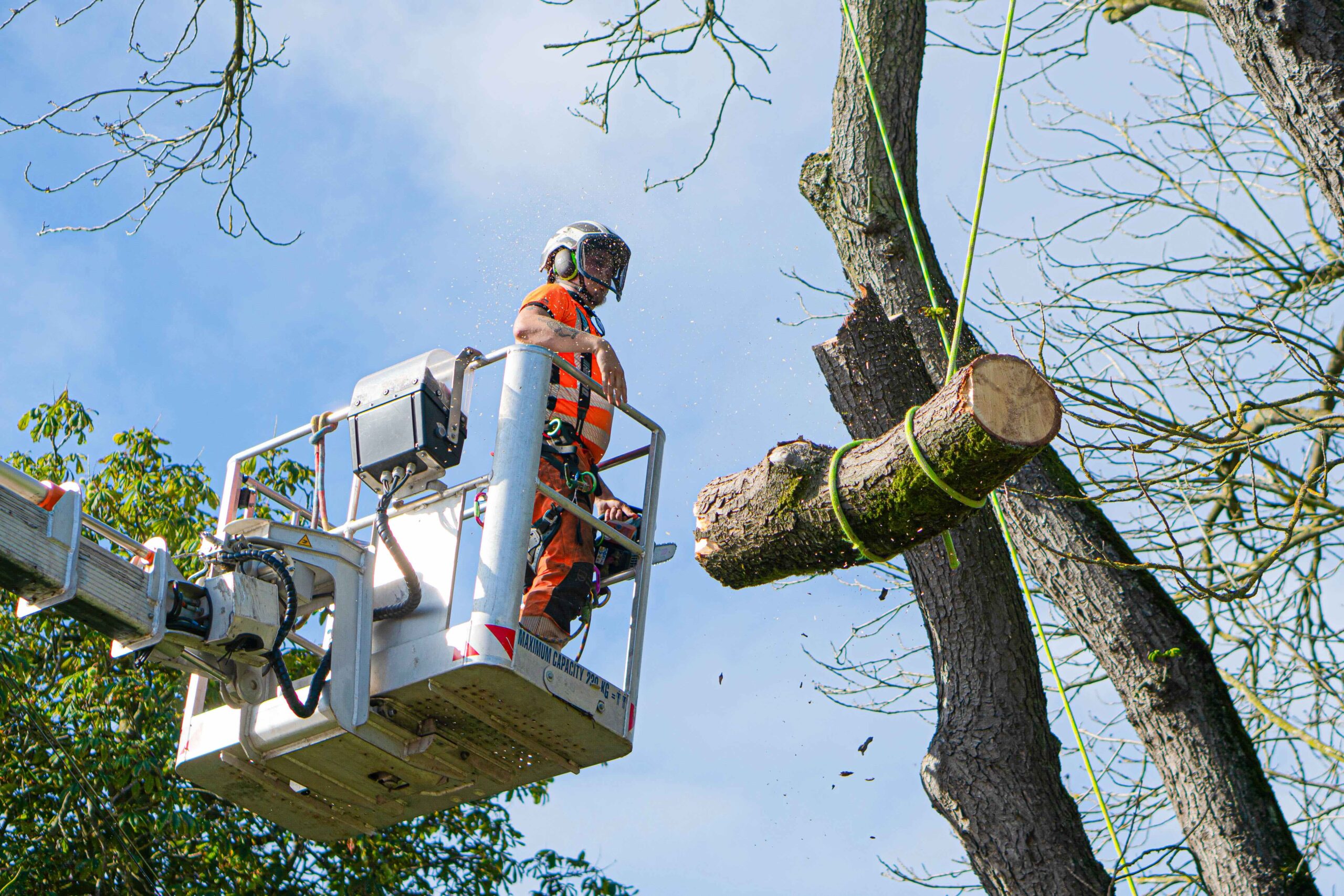When it comes to planting trees, whether you’re replacing a previous tree or adding greenery to new developments, careful planning is essential to ensure the trees thrive. Here are some top considerations before planting:
- Utility Check: Assess both above and below-ground utilities to avoid future issues.
- View Obstruction and Safety: Consider potential obstructions to views and safety sightlines.
- Proximity to Existing Vegetation and Infrastructure: Ensure the tree won’t be suppressed by nearby plants or cause damage to buildings, roads, or footpaths.
- Accessibility for Maintenance: Confirm easy access for future maintenance.
- Soil Conditions and Site Characteristics: Understand the soil quality and heritage of the land for optimal growth.
Choosing the right tree species is crucial. Here’s what to keep in mind:
- Intention: Define your planting goals.
- Sourcing and Biosecurity: Obtain trees from reputable nurseries and check their health.
- Size and Transport: Consider the cost and logistics of transporting trees to the site.
- Root Stock: Evaluate the pros and cons of different root types.
- Species Selection: Match the tree’s characteristics with the site conditions, considering factors like tree diversity, soil compatibility, maintenance needs, and climate suitability.
Follow these steps for successful tree planting:
- Digging the Hole: Dig a hole deep enough to accommodate the tree.
- Preparing the Tree: Remove containers or hessian from the base and consider formative pruning if necessary.
- Planting and Backfilling: Plant the tree, backfill with soil, and gently compact.
- Staking and Mulching: Use stakes and rubber ties if needed, and add a circle of bark mulch around the tree.
- Watering: Ensure the tree receives adequate water, especially during its first few years.
Proper aftercare is vital for the tree’s health:
- Regular Watering: Keep the tree well-watered, especially during dry periods.
- Weed Control: Remove weeds and grass from the tree pit by hand.
- Stake and Tie Maintenance: Check and adjust stakes and ties as needed.
- Pruning and Mulch Maintenance: Assess tree health, prune if necessary, and maintain mulch levels.
- Avoid Strimming Damage: Be cautious not to damage the tree base while strimming.
For optimal watering:
- Timing: Water in the early morning or evening.
- Method: Pour water down a watering pipe or into a watering bag.
- Water Source: Utilise sustainably sourced water, such as rainwater or household greywater.
- Duration: Water newly planted trees regularly for the first three years after planting.
By following these tips from our team of professional arborists and tree surgeons, you can ensure successful tree planting and healthy tree growth for years to come.




